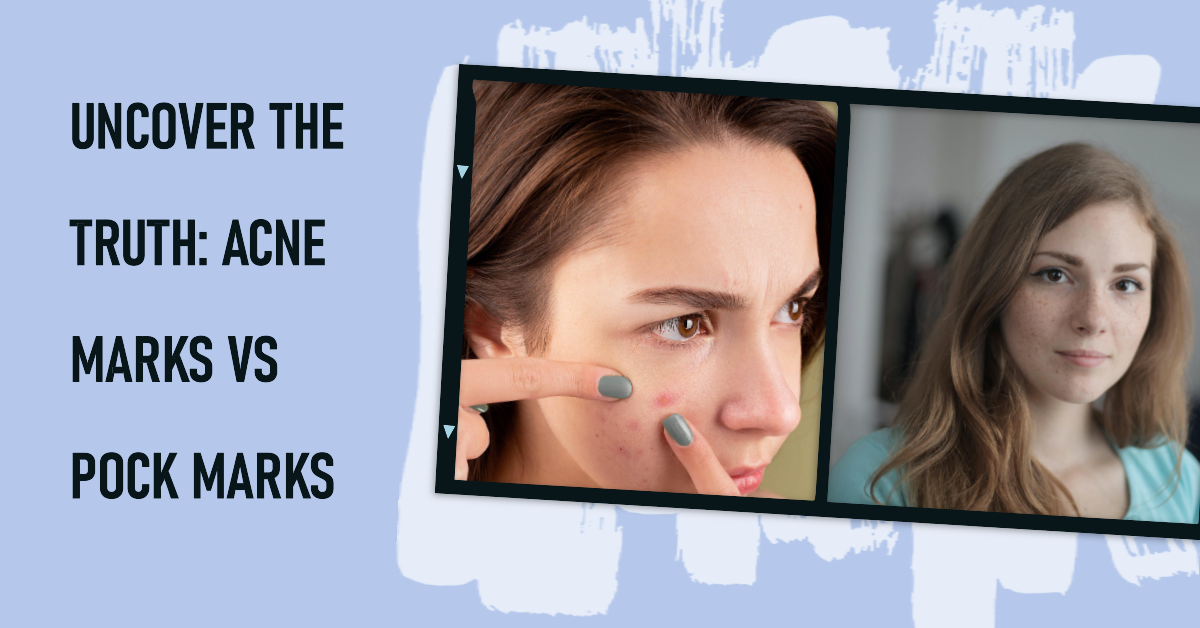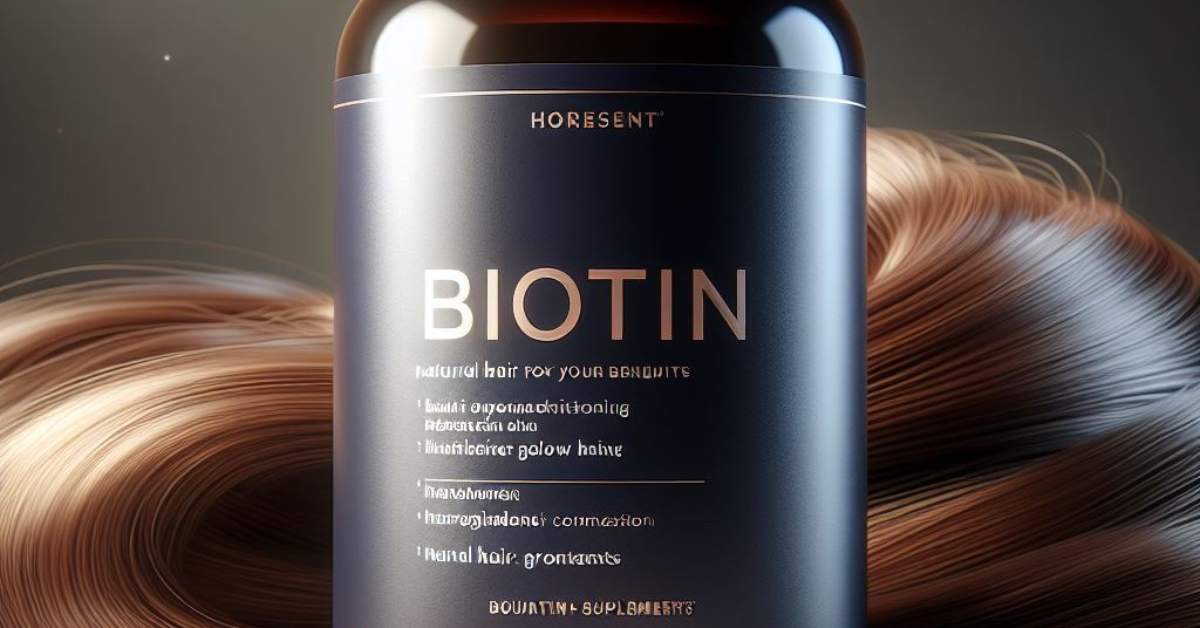Skin imperfections can affect anyone, and two common issues that often cause confusion are acne and pock marks. While both can leave noticeable marks on the skin, they are distinct conditions with different causes, characteristics, and treatments. In this article, we’ll explore the differences between acne and pock marks to help you better understand these skin concerns and how to address them (1).
In This Article
Acne: The Culprit Behind Blemishes

Acne is a prevalent skin condition that occurs when hair follicles become clogged with oil, dead skin cells, and bacteria. This can result in the development of various types of blemishes, including pimples, blackheads, whiteheads, and cysts. Acne typically affects areas of the skin with a high concentration of sebaceous (oil) glands, such as the face, neck, chest, shoulders, and back.
Key Characteristics of Acne:
- Pimple Formation: Acne often presents as inflamed, red bumps or pustules. These lesions can be painful and may contain pus.
- Temporary Nature: Acne is a transient condition that can come and go over time. While it primarily occurs during adolescence, it has the potential to impact individuals of all age groups.
- Various Stages: Acne lesions go through different stages, with some forming a head and eventually rupturing or healing, while others may leave behind marks or scars.
Pock Marks: The Aftermath of Skin Damage

Pock marks, also known as atrophic scars, are depressions or indentations in the skin’s surface. They are typically the result of previous skin damage, with acne being a common cause. Pock marks form when the skin’s natural healing process is disrupted, leading to the loss of collagen and elastin in the affected area. This results in an uneven texture, with depressions in the skin that may vary in size and depth.
Key Characteristics of Pock Marks:
- Indentations: Pock marks are characterized by small to deep indentations or craters in the skin. They often have a slightly irregular or pitted appearance.
- Permanent Nature: Unlike acne, pock marks are permanent and do not naturally fade or heal over time. They may remain on the skin unless treated.
- Common Causes: While acne is a primary cause of pock marks, other factors like chickenpox, injury, or certain skin conditions can also lead to their formation.
Treatment Options
Treatment options for acne and pock marks differ due to their distinct natures:
Acne Treatment:
- Over-the-counter topical treatments with ingredients like benzoyl peroxide, salicylic acid, or alpha hydroxy acids can help manage mild acne.
- Dermatologist-prescribed medications, such as antibiotics or retinoids, may be necessary for more severe cases.
- Lifestyle changes like a balanced diet, proper skincare routine, and stress management can also contribute to acne prevention.
Pock Mark Treatment:
- Dermatological procedures like laser therapy, microneedling, chemical peels, or dermal fillers can help improve the appearance of pock marks.
- Surgical techniques like punch excision or subcision may be used to treat deeper scars.
- Patience is essential, as results from treatments for pock marks may take time to become noticeable, and multiple sessions may be required.
Understanding the differences between acne and pock marks is crucial for effectively addressing these common skin concerns. While acne is a transient condition characterized by inflamed pimples and can often be managed with various treatments, pock marks are permanent indentations in the skin’s surface that result from previous skin damage. Treating pock marks typically involves dermatological procedures to improve the skin’s texture and appearance. Consulting a dermatologist for personalized guidance is essential to determine the best approach for managing both conditions and achieving healthier, smoother skin.











